Ryan LaPorte led us on a successful search for riparian fungi and shared his knowledge about each species we found. He first presented some background. Mushrooms are reproductive or fruiting structures and they represent only a fraction of the fungal mass. The mycelium, or vegetative part of the fungus, makes up most of the fungus. On the underside of most mushrooms are gills, which house millions of tiny powdery spores. Air currents disperse the spores and these germinate when temperature and humidity conditions are favorable.
Unlike green plants, fungi lack chlorophyll, which means they can’t manufacture their own food and must derive nutrients from other sources. Most fungi are beneficial decomposers, breaking down organic matter such as animal droppings and dead trees. Some are parasitic on plants. Several of the mushrooms we saw were sprouting out of living trees, which meant that inside the tree, the fungal mycelium had taken hold.
Fungi range from microscopic in size to enormous. The so-called humongous fungus, a single organism in Oregon, has thrived for at least 2,400 years and covers over 3 square miles.
As we got started, Ryan cautioned us that mushroom hunters err on the side of caution: eating toxic mushrooms can result in liver damage and death. Toxic species often resemble edible ones. Experienced mushroom hunters use a variety of diagnostic characters to verify specimens they plan to eat. Unless they know for certain that a species is edible they stay away from mushrooms that have parasol-shaped caps and are small and brown. They also carefully examine the spore color—white spores often mean danger.
Mushrooms also accumulate heavy metals such as lead and cadmium, which is why it’s best to harvest edible mushrooms away from roadsides and railroad tracks.
The group found several species of mushrooms and other fungi, including turkey tails (a shelf fungus), false turkey tails, and deer and oyster mushrooms. We saw some small, brown deer mushrooms, Pluteus cervinus, growing on tree roots near the river. Ink cap mushrooms in the genus Coprinopsis were widespread on the river bank. These mushrooms are edible, but if eaten with alcohol, will cause severe vomiting.
Ryan recommended a few resources that will help novices get started, including a natural history and identification guide by David Arora, "All that the rain promises and more: a hip pocket guide to Western mushrooms". Thanks to Robert and Kathy for great photos of this wonderful event. For more fungal photos, see FORB’s blog post for last years' fungi event.
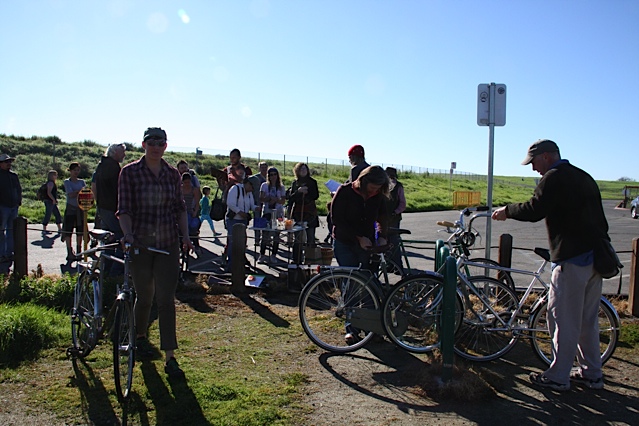
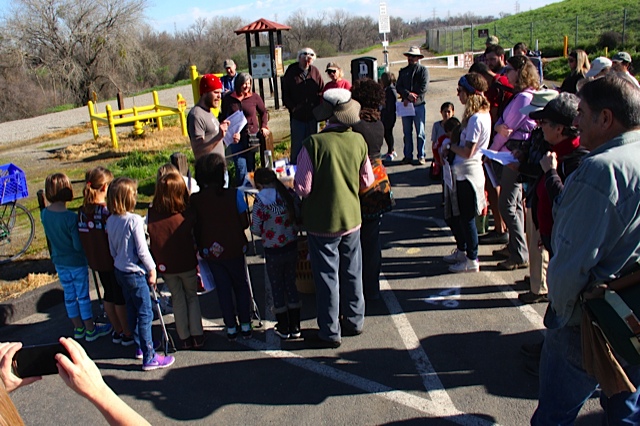

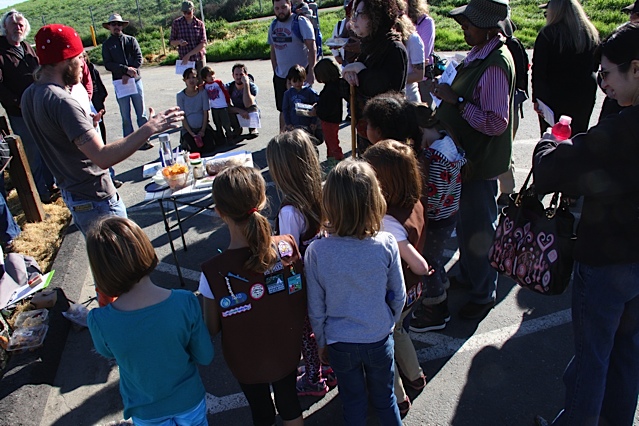

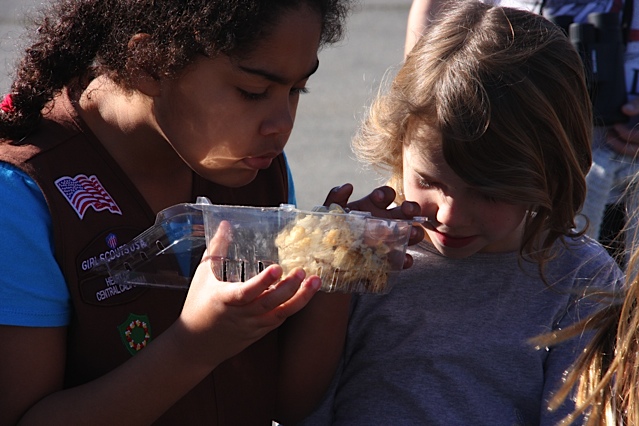
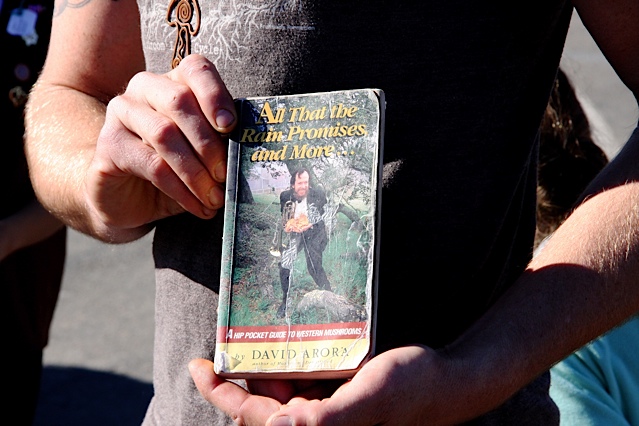
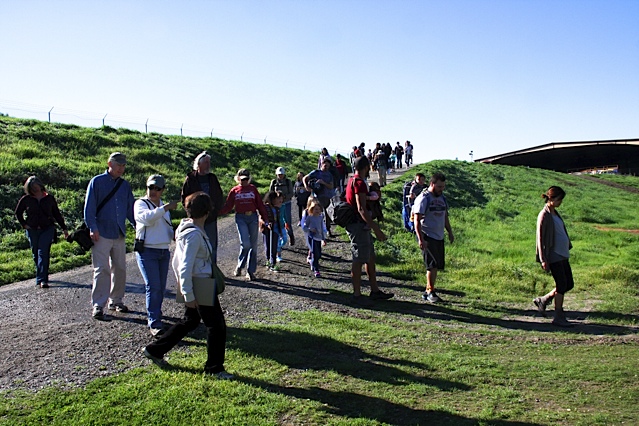
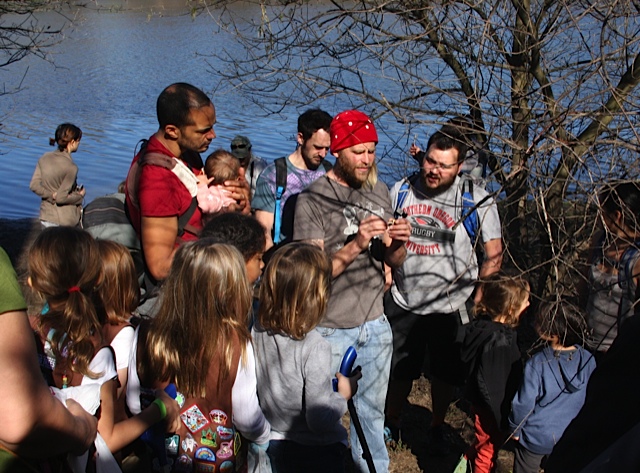
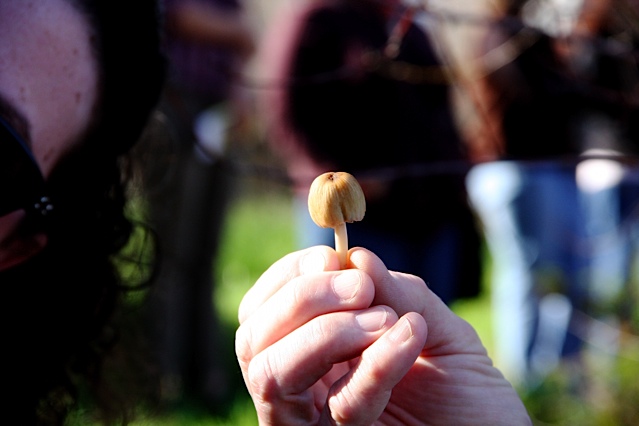
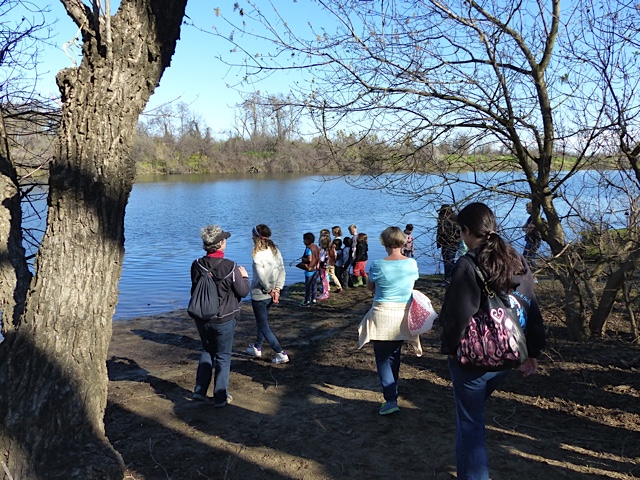
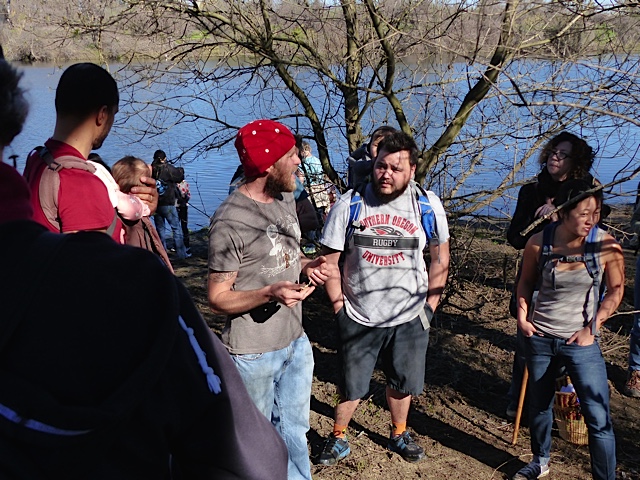




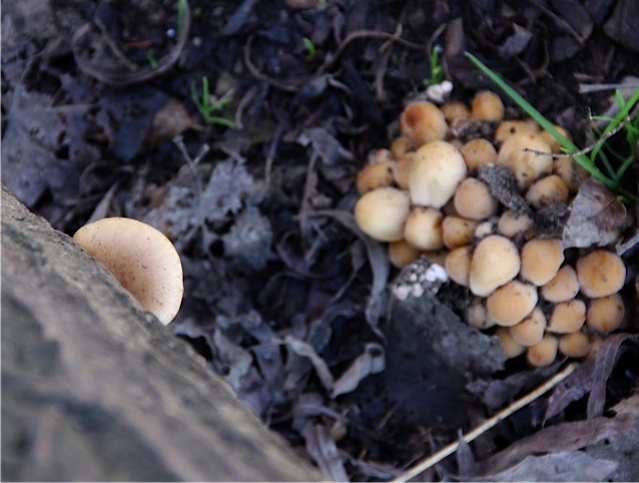
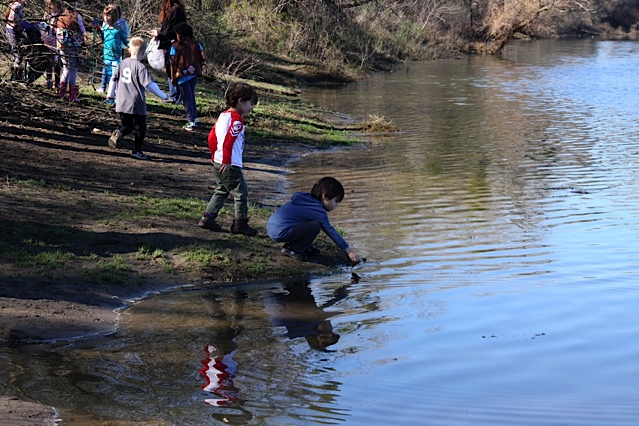

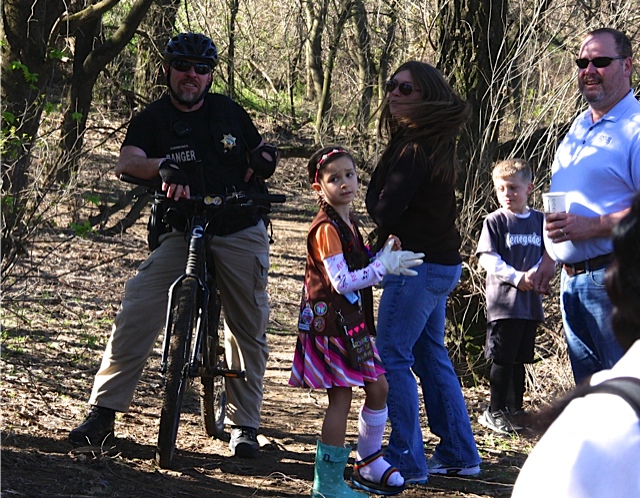
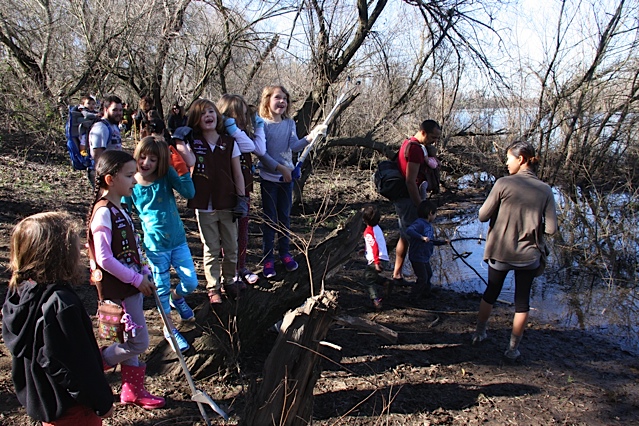
 RSS Feed
RSS Feed
